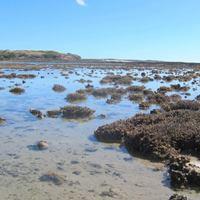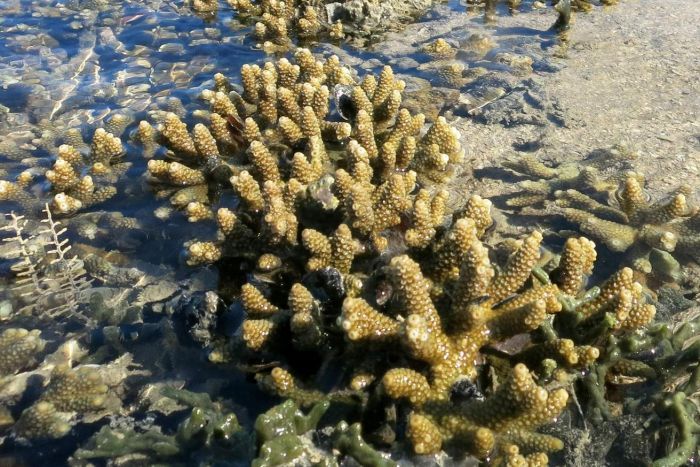Mapping public values and preferences for Marine Protected Areas

One of the first studies to examine social values to be considered in management planning for Marine Protected Areas has highlighted the similarity and diversity among individuals when weighing the importance of environmental, economic, and social interests for proposed marine reserves in the Kimberley region.
The results of the WAMSI-supported study was recently published in Applied Geography. The study used an internet-based mapping method called public participation geographic information systems (PPGIS) and volunteered geographic information (VGI) to collect spatial information from a broad cross-section of the general public (non-experts). Individuals were invited to identify and map place values (for example, scenic and recreation values) and management preferences (for example, places that should receive greater environmental protection or places that are acceptable for resource development). Both residents and non-residents of the Kimberley region were invited to map their values and preferences with over 500 individuals participating.
Participants were classified into different “stakeholder” groups based on who they identify with, their future interests in the region, and their personal preferences for economic development versus environmental protection. For example, stakeholder groups included residents, visitors, Aboriginal Traditional Owners, oil/gas industry, commercial fishers, tourism operators, government, and non-government organizations.
The results showed that people mapped values and preferences generally consistent with their stakeholder identity. For example, NGOs mapped more conservation preferences while oil/gas stakeholders mapped more oil/gas development preferences in the region. However, conservation-related values and preferences dominated the mapped results in all proposed marine reserves.
Lead author Professor Greg Brown from the University of Queensland said the results show the importance of engaging broad social interests in spatial mapping when developing management plans and policies for Marine Protected Areas.
“There is an assumption that conservation and development stakeholder interests will disagree on how to manage the marine environment,”Professor Brown said. “But place-based mapping allows stakeholders to identify specific areas of agreement/disagreement. Our participatory mapping results showed consensus for conservation in the five MPA areas in the study region leading to win-win outcomes.”
The study demonstrates that while differences in stakeholder interests are real and most be accounted for in MPA planning and management, public participatory processes that include spatial mapping of values and preferences can find the “middle-ground” between government-led and community-based approaches that result in cost-effective conservation outcomes.
The following website shows the distribution of the more than 27,000 values and preferences mapped in the Kimberley region by study participants: www.landscapemap2.org/kimberley/mapviewer.php
Published Article: Brown G, Strickland-Munro J, Kobryn H, Moore S (Dec 2015) Stakeholder analysis for marine conservation planning using public participation GIS Applied Geography doi:10.1016/j.apgeog.2015.12.004
 |
| Kimberley marine parks (current and proposed) (Source: Geoscience Australia 2014, Department of Parks and Wildlife). |
The $30 million Kimberley Marine Research Program is funded through major investment supported by $12 million from the Western Australian government’s Kimberley Science and Conservation Strategy co-invested by the WAMSI partners and supported by the Traditional Owners of the Kimberley.

















%20at%20the%20start%20of%20the%20first%20multi-national%20IIOE-2%20research%20cruise_Goa%20to%20Mauritius_%204_22%20December%202016)%20sml.jpg)







